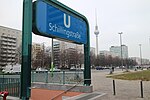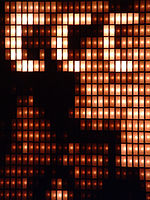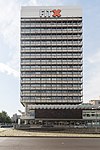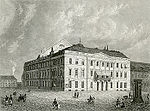Kino International
Buildings and structures of East BerlinCinemas and movie theaters in BerlinCulture in BerlinEast German architectureEast German culture ... and 1 more
Heritage sites in Berlin
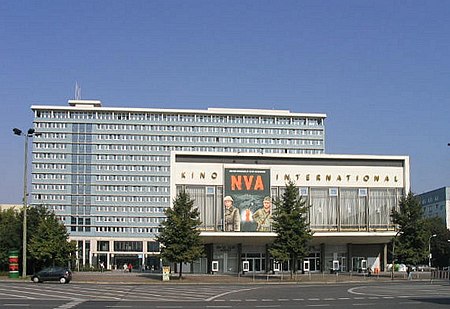
The Kino International is a film theater in Berlin, built from 1961 to 1963. It is located on Karl-Marx-Allee in former East Berlin. It hosted premieres of the DEFA film studios until the fall of the Berlin Wall in 1989. Today it is a protected historic building and one of the main venues of the annual Berlin Film Festival, the Berlinale.
Excerpt from the Wikipedia article Kino International (License: CC BY-SA 3.0, Authors, Images).Kino International
Karl-Marx-Allee, Berlin Mitte
Geographical coordinates (GPS) Address External links Nearby Places Show on map
Geographical coordinates (GPS)
| Latitude | Longitude |
|---|---|
| N 52.520555555556 ° | E 13.422777777778 ° |
Address
Kino International
Karl-Marx-Allee 33
10178 Berlin, Mitte
Germany
Open on Google Maps

